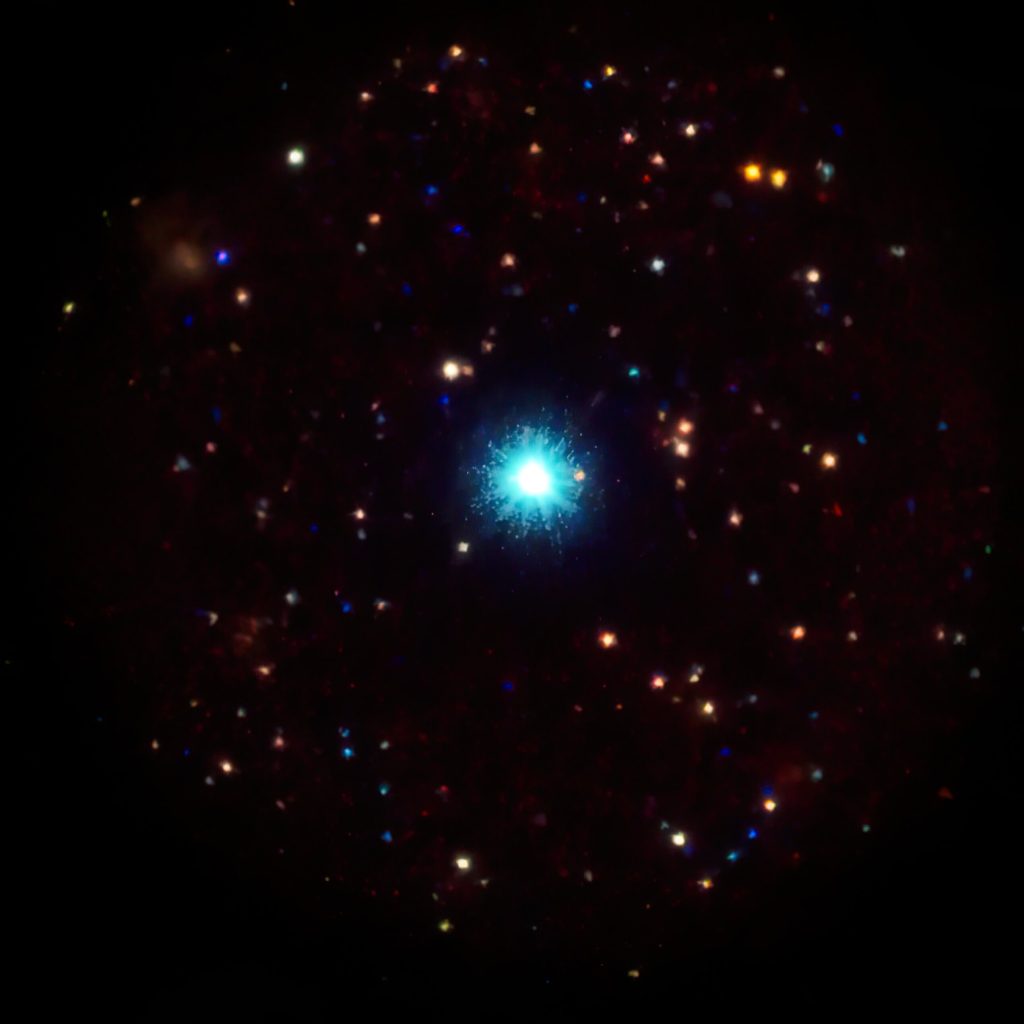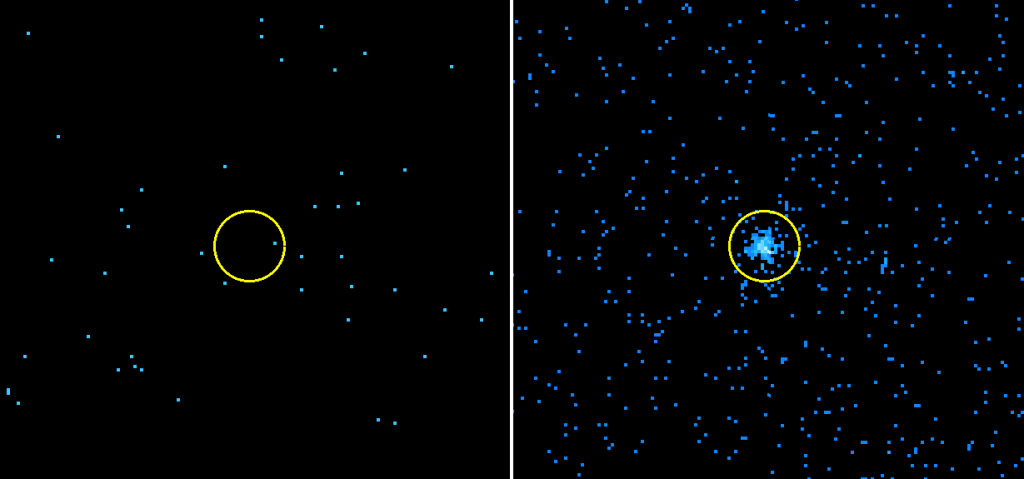Leicester astronomers lead race to identify extreme events in space

Extreme events in space will be identified faster than ever before thanks to a new tool developed by experts at the University of Leicester’s School of Physics and Astronomy.
The transient detector and The Living Swift XRT Point Source Catalogue (LSXPS) can discover and announce new transient X-ray sources within just a few hours of their occurrence.
When an extreme event takes place, causing an X-ray burst in a region of the sky where there were previously no X-rays, astronomers call it an astronomical X-ray transient. A star might be ripped apart, for example, or a supernova’s blast might shoot through a dying star, or a neutron star or black hole might suddenly swallow up a burst of gas.
Despite the extreme events they herald, these events are not easy to find, or at least, not quickly.
X-ray astronomer Dr. Phil Evans led the development of the new facility, recently published in The Monthly Notices of the Royal Astronomy Society: https://bit.ly/3Eg2OlI.
He explained: “We can’t know when or where an event is going to happen. The brightest – or nearest – events are found by telescopes that can monitor the whole sky, but most X-ray transients are only found when astronomers look through archival data, to see if any transients were serendipitously detected. By that time, the transients are already months or years old, and the chance to get dedicated observations to study them with, has gone.
“Our new tool looks at all X-ray data from the Swift satellite as soon as it’s been downlinked and ingested, finding and announcing transients within a few hours, allowing us to immediately request more data.”
Among the types of X-ray transients previously only found in old data are the so-called “Fast X-ray transients” and “quasi-periodic eruptions” from the centres of galaxies. These are poorly understood events, but Dr. Evans’ team expect this to change now that they can be announced and followed up very quickly.
Underlying this new transient-finding tool is another astronomy first, published in the same paper, the “Living” Swift X-ray Point Source Catalogue. “Catalogues are really important tools in astronomy,” said Dr. Kim Page, who led the work to test and verify these new facilities. “They tell us what the X-ray sky looks like and how it changes — you can’t recognise a new transient if you don’t know what was, or wasn’t, there before! Because they take a lot of effort to build, most X-ray missions only produce a catalogue every few years, or even not until the mission has finished.

“Our new “living” catalogue is kept constantly up to date: each new Swift observation, of which there are nearly a hundred every day, gets added into our catalogue as soon as it’s completed.”
Currently the catalogue contains over 283,000 X-ray emitting objects, with 50 more being added on an average day.
The Swift observatory was launched in November 2004 and was fully operational by January 2005. In January 2018 it was renamed The Neil Gehrels Swift Observatory, in honour of its late Principle Investigator who died in 2017.
This new facility builds on the strong heritage of The Neil Gehrels Swift Observatory. This satellite was originally designed to detect and study gamma-ray bursts, the most powerful explosions in the known universe, and also spends much of its time observing interesting events discovered by other observatories.
Dr. Evans noted, “Swift has an excellent record of both discovery and follow up of extreme astronomical events; we’ve now added another string to this powerful bow.”
Read more about the Neil Gehrels Swift Observatory: https://www.swift.ac.uk


